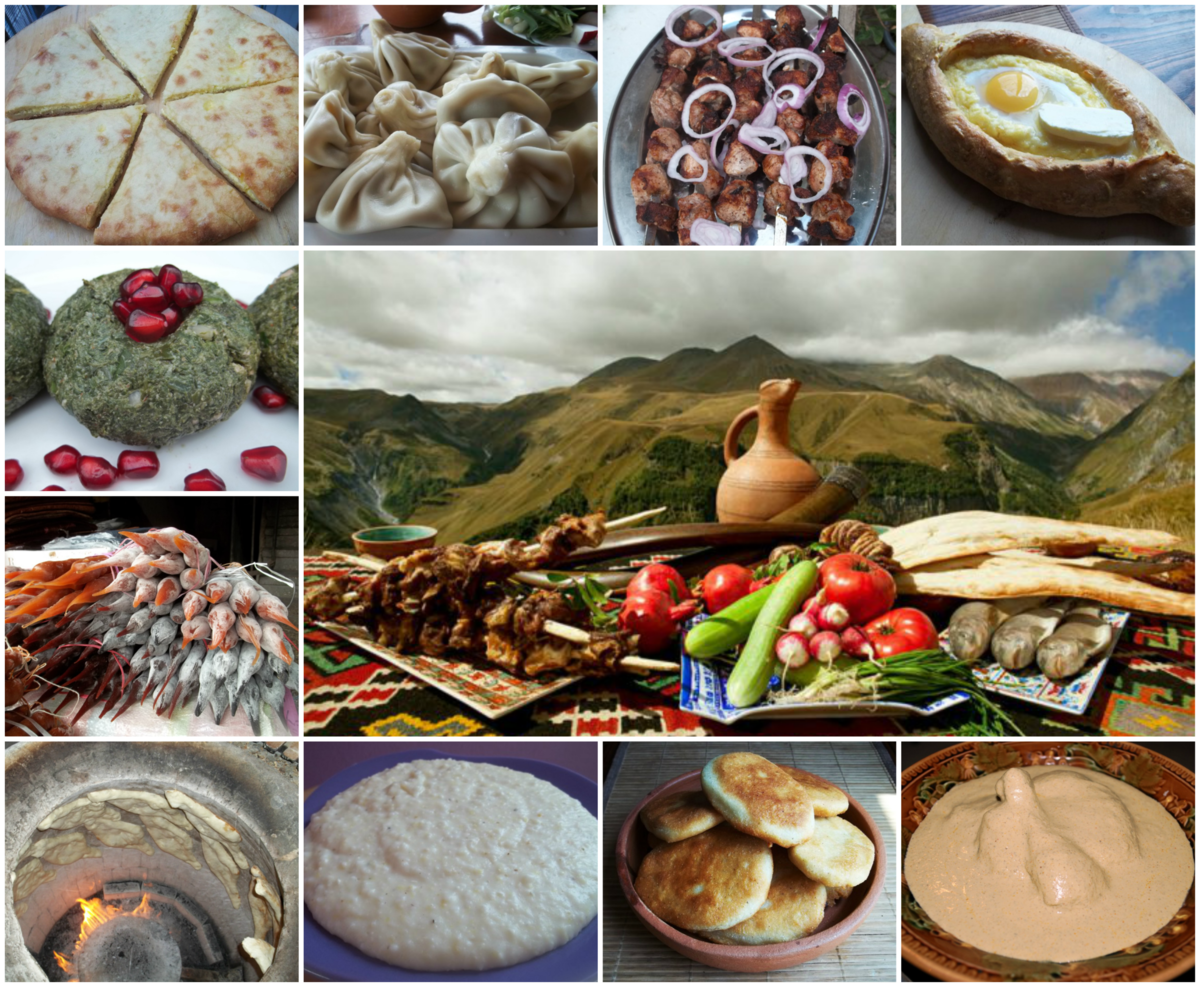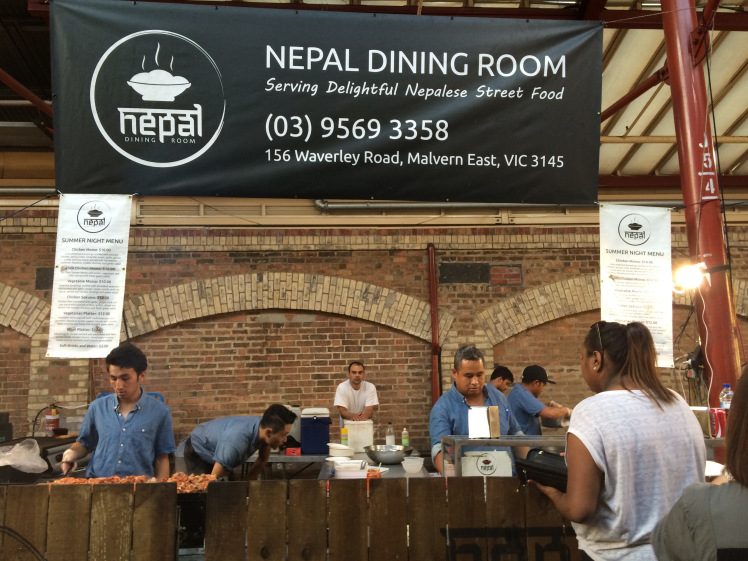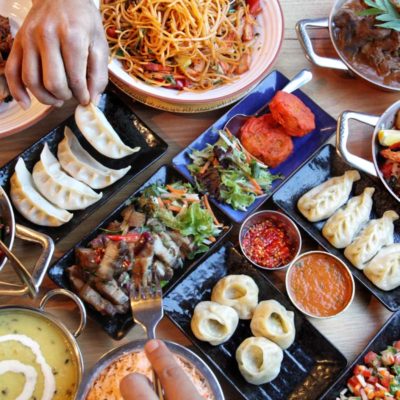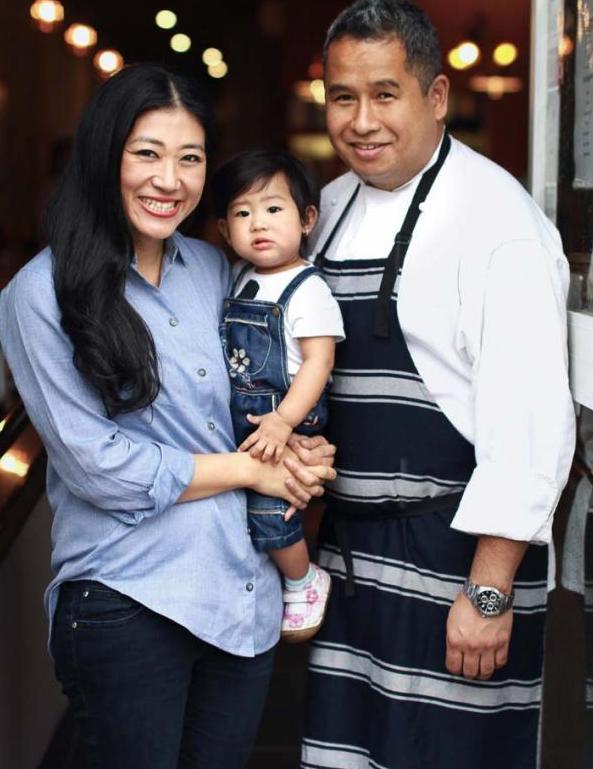In a busy cafe in Melbourne’s Gertrude Street, Fitzroy sits Arcadia. A bustling, popular cafe serving reliably good food. Most days of the week, see’s Nepalese chef's, Anmol KC, 22 and Dinesh Bajgain, 28 working in the kitchen. Their job is to create delicious, unique fare for the locals who love to frequent this unpretentious, homely space. But, this wasn’t always the way for Anmol and Dinesh who both came to Australia in 2013. In fact, in the kitchen was the last place they would be found back in their hometown of Kathmandu, Nepal.
Anmol and Dinish met whilst cooking in the kitchen at Arcadia. They didn’t know each other before arriving in Australia, however it was the same thing that brought them both here - study. Dinesh is studying Engineering and Anmol was studying Accounting but has since moved into Cookery after finding a passion for it whilst working at Arcadia.

A Spoonful of Nepal
Stories by Amber Craig, Laura Obradov and Kristen Pegoraro
Multimedia Production by Meg Sydes
Web Design and Development by Claire Ciantar





